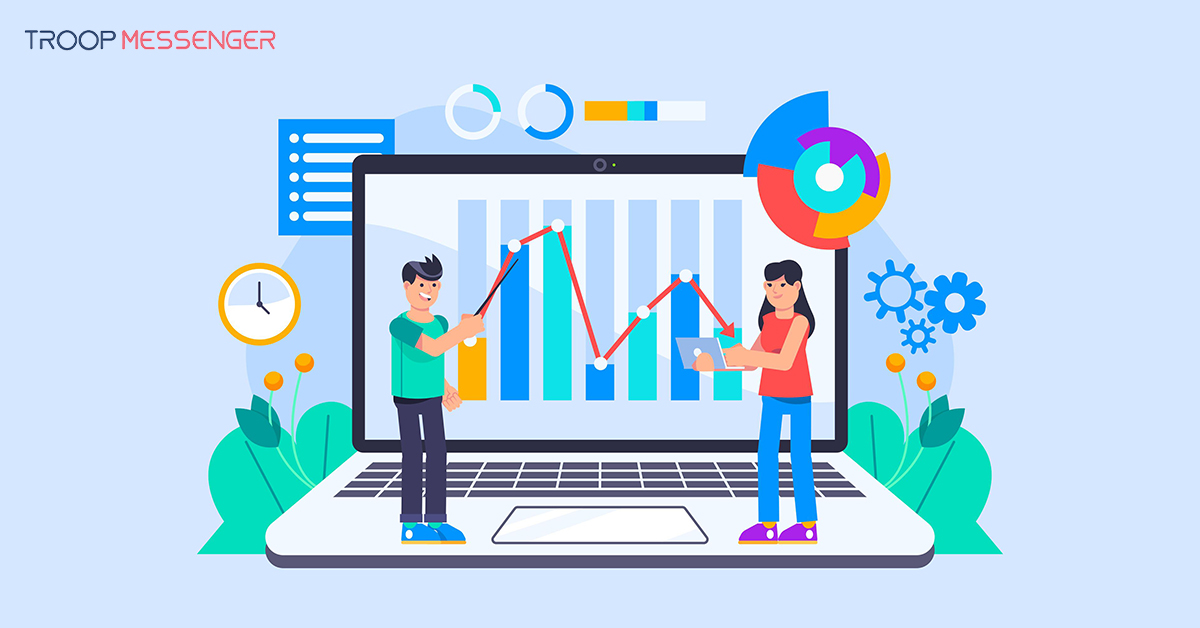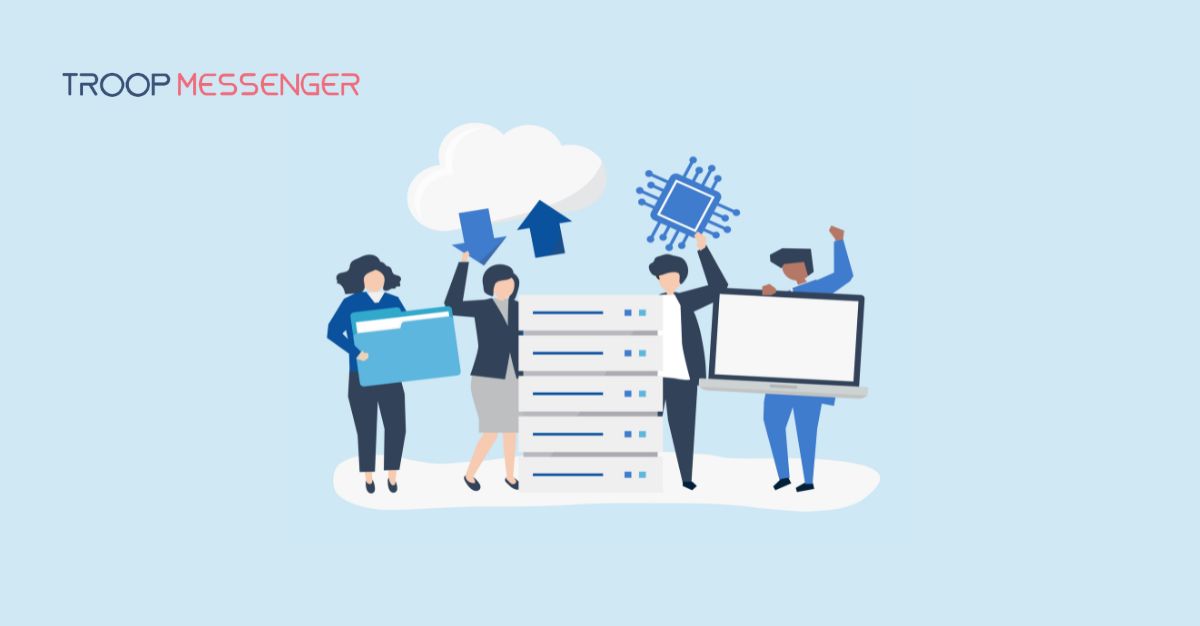Connect with us

Keeping Tabs: The Rise of Employee Monitoring Software in Modern Workplaces
In today's rapidly evolving professional landscape, the utilization of employee monitoring software has become increasingly prevalent. This technological trend, often dubbed as "Keeping Tabs," is reshaping the dynamics of modern workplaces. While proponents argue its efficacy in enhancing productivity and security, critics raise concerns about privacy infringement and its impact on employee morale. Let's delve into this contentious topic to uncover its nuances.
The Paradigm Shift
- The traditional workplace dynamic is undergoing a transformation with the widespread adoption of employee monitoring software.
- Companies are investing in these tools to gain insights into employee activities, productivity levels, and adherence to company policies.
The Functionality of Monitoring Software
- Employee monitoring software encompasses a range of functionalities, including keystroke logging, screen capture, website tracking, and GPS monitoring for remote workers.
- These tools aim to provide employers with a comprehensive view of employee behavior during work hours.
The Case for Monitoring
- Proponents argue that monitoring software promotes accountability and helps identify inefficiencies in workflow processes.
- It enables employers to detect unauthorized activities, such as data breaches or misuse of company resources, thereby bolstering cybersecurity.
Balancing Productivity and Privacy
- However, the pervasive nature of employee monitoring raises ethical concerns regarding individual privacy and autonomy.
- Employees may feel a sense of intrusion into their personal space, leading to heightened stress levels and decreased job satisfaction.
Legal and Ethical Implications
- The legality of employee monitoring varies across jurisdictions, with some countries imposing strict regulations to safeguard employee rights.
- Employers must navigate the legal landscape carefully to ensure compliance with relevant laws and regulations.
Striking a Balance
- Achieving a balance between monitoring for productivity purposes and respecting employee privacy is crucial for fostering a healthy work environment.
- Employers should establish transparent policies regarding the use of monitoring software and actively engage in dialogue with employees to address concerns.
The Future Outlook
- As technology continues to advance, the capabilities of employee monitoring software are likely to evolve, presenting both opportunities and challenges.
- Organizations must adapt their practices to align with ethical standards and changing societal norms surrounding workplace surveillance.
Navigating the Landscape
- In the age of "Keeping Tabs," organizations must tread carefully to harness the benefits of employee monitoring software while mitigating its potential drawbacks.
- By prioritizing transparency, accountability, and respect for employee privacy, businesses can cultivate a culture of trust and productivity in the modern workplace.
Addressing Employee Concerns
- To assuage employee apprehensions, organizations should actively communicate the reasons behind implementing monitoring software.
- Providing avenues for feedback and addressing concerns in a transparent manner can help alleviate anxieties and build trust.
Leveraging Data Responsibly
- While monitoring software yields a wealth of data, it's imperative for employers to utilize it responsibly.
- Instead of solely focusing on surveillance, organizations can leverage data insights to optimize workflows, identify training needs, and foster professional development.
Cultivating a Culture of Trust
- Ultimately, the success of employee monitoring hinges on fostering a culture of trust and mutual respect.
- Employers should emphasize that monitoring is not a tool for micromanagement but rather a means to support employees in achieving their goals and ensuring organizational success.
Embracing Flexibility and Adaptability
- In an increasingly remote and flexible work landscape, the role of monitoring software may need to adapt to accommodate diverse work arrangements.
- Employers should remain flexible and responsive to the evolving needs of their workforce, striking a balance between oversight and autonomy.
Collaborative Approach to Implementation
- Rather than imposing monitoring software unilaterally, organizations can involve employees in the decision-making process.
- By soliciting input from various stakeholders and addressing concerns collaboratively, companies can foster a sense of ownership and collective responsibility.
Continuous Evaluation and Improvement
- Employee monitoring practices should be subject to ongoing evaluation and refinement.
- Regular assessments of the efficacy and impact of monitoring software can inform adjustments to policies and practices, ensuring they remain aligned with organizational goals and values.
Navigating the Path Forward
- As the prevalence of employee monitoring software continues to rise, organizations must navigate the complexities of oversight and privacy with diligence and empathy.
- By embracing transparency, accountability, and a people-centric approach, businesses can harness the benefits of monitoring software while safeguarding employee well-being and organizational integrity.
Embracing Flexibility and Adaptability
- Attendance management software should be adaptable to accommodate diverse work arrangements, including remote work and flexible schedules.
- Employers should leverage attendance tracking tools to facilitate remote attendance monitoring while respecting employees' autonomy and privacy.
Remote Work Enablement
- HR software offers remote attendance tracking features, allowing employees to clock in and out from anywhere with internet access.
- Through mobile applications or web portals, employees can easily log their hours, submit time-off requests, and view their schedules remotely.
Navigating Legal and Regulatory Frameworks
- Explore the legal landscape surrounding employee monitoring, including relevant regulations such as the General Data Protection Regulation (GDPR) and the California Consumer Privacy Act (CCPA).
- Provide guidance on ensuring compliance with applicable laws and regulations, including obtaining necessary consent, implementing data protection measures, and respecting employee rights.
Adopting a Human-Centered Approach
- Stress the importance of prioritizing the human aspect of monitoring software implementation, considering its impact on employees' well-being, job satisfaction, and overall morale.
- Encourage organisations to adopt policies and practices that prioritize empathy, fairness, and respect for the dignity of employees throughout the monitoring process.
Fostering Collaboration Across Departments
- Highlight the need for collaboration between HR, IT, legal, and other relevant departments in designing, implementing, and overseeing monitoring programs.
- Emphasize the importance of cross-functional communication and cooperation to ensure that monitoring initiatives align with organizational goals and values while mitigating risks and addressing compliance requirements.
Measuring Success Beyond Metrics
- Expand the definition of success in monitoring software implementation beyond quantitative metrics, considering qualitative factors such as employee engagement, satisfaction, and retention.
- Advocate for holistic approaches to performance evaluation that take into account the broader impact of monitoring on organizational culture and employee well-being.
Looking Ahead
- Anticipate future developments in employee monitoring technology and its implications for the workplace.
- Discuss potential trends such as the integration of biometric data, wearable devices, and advanced analytics, and consider their impact on privacy, productivity, and employee rights.
Call to Action
- Issue a call to action for organizations to approach employee monitoring software thoughtfully, ethically, and with a focus on maintaining a healthy balance between oversight and autonomy.
- Urge stakeholders to prioritize employee well-being, privacy, and trust in their decision-making processes related to monitoring technology.
Continued Dialogue and Learning
- Advocate for ongoing dialogue and knowledge-sharing among industry professionals, policymakers, academics, and advocacy groups regarding the ethical and practical implications of employee monitoring.
- Encourage organizations to invest in employee education and training on the responsible use of monitoring software, fostering a culture of awareness, accountability, and collaboration.
Conclusion
The rise of employee monitoring software underscores the need for organizations to strike a delicate balance between oversight and respect for individual privacy. By fostering a culture of trust, transparency, and collaboration, businesses can leverage monitoring tools to enhance productivity, security, and employee well-being in the modern workplace.



.jpg)
.jpg)



